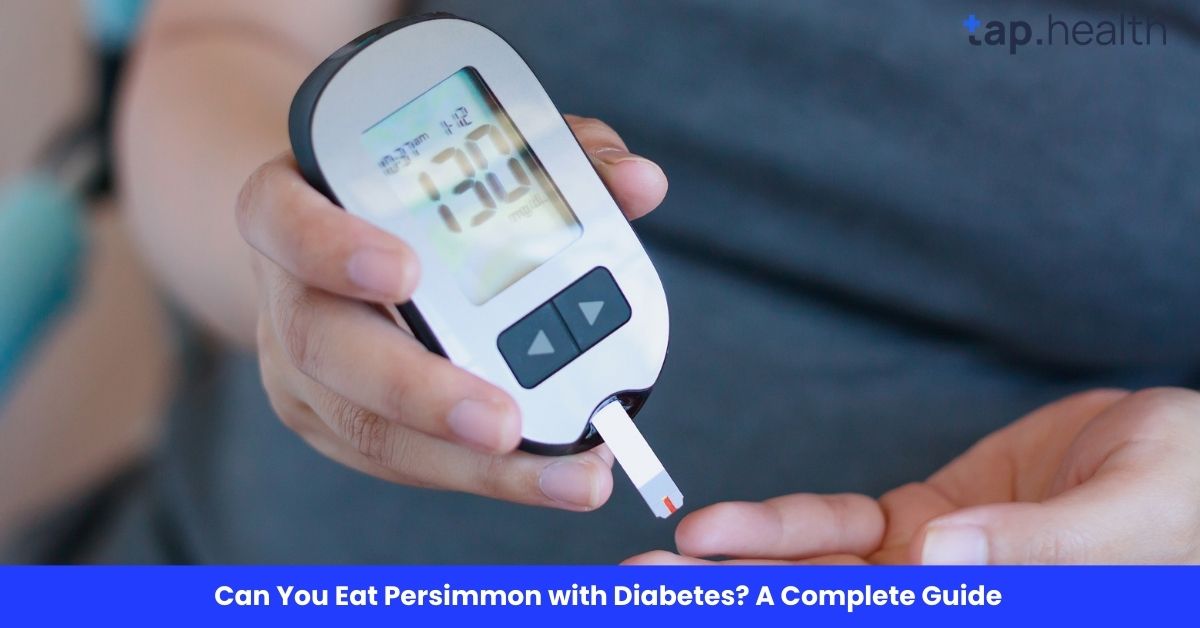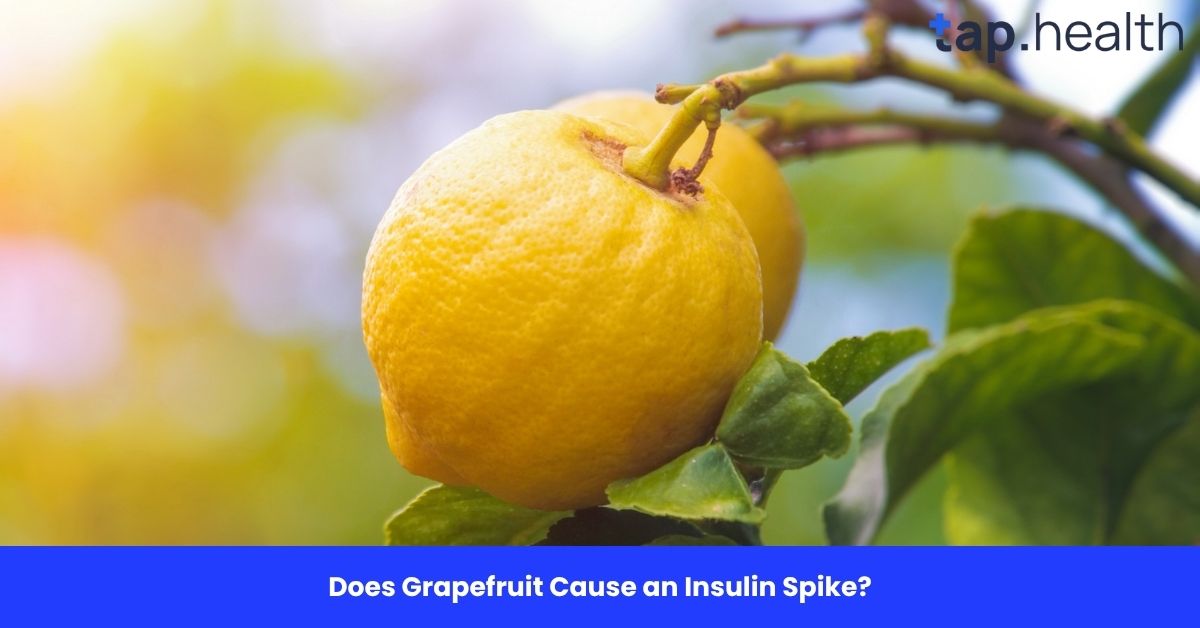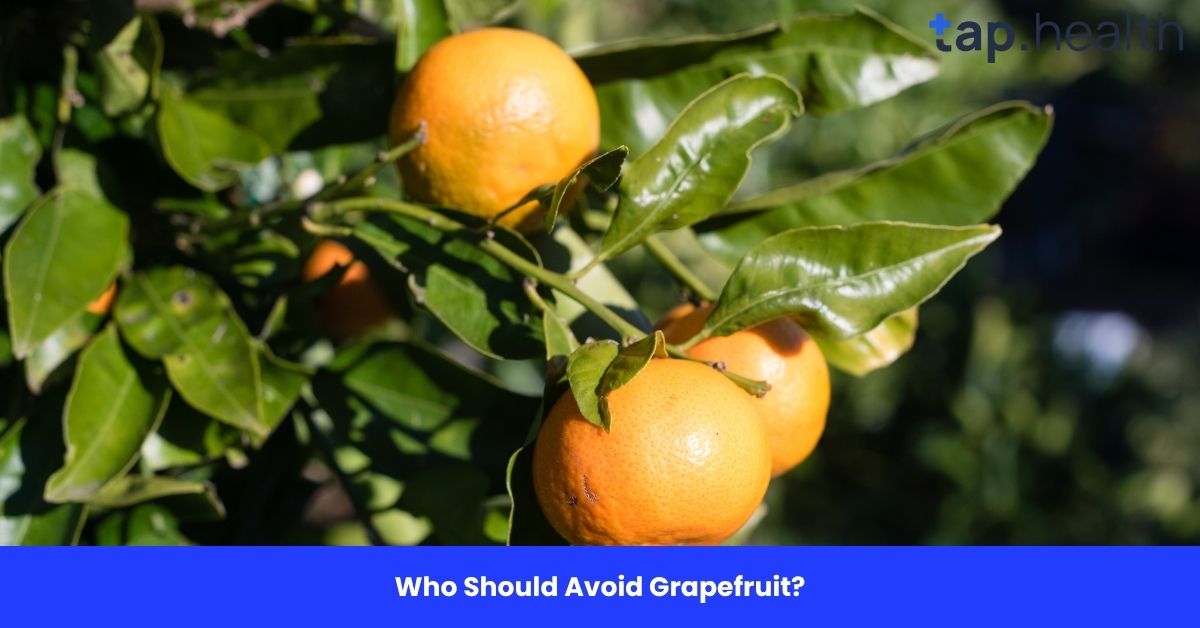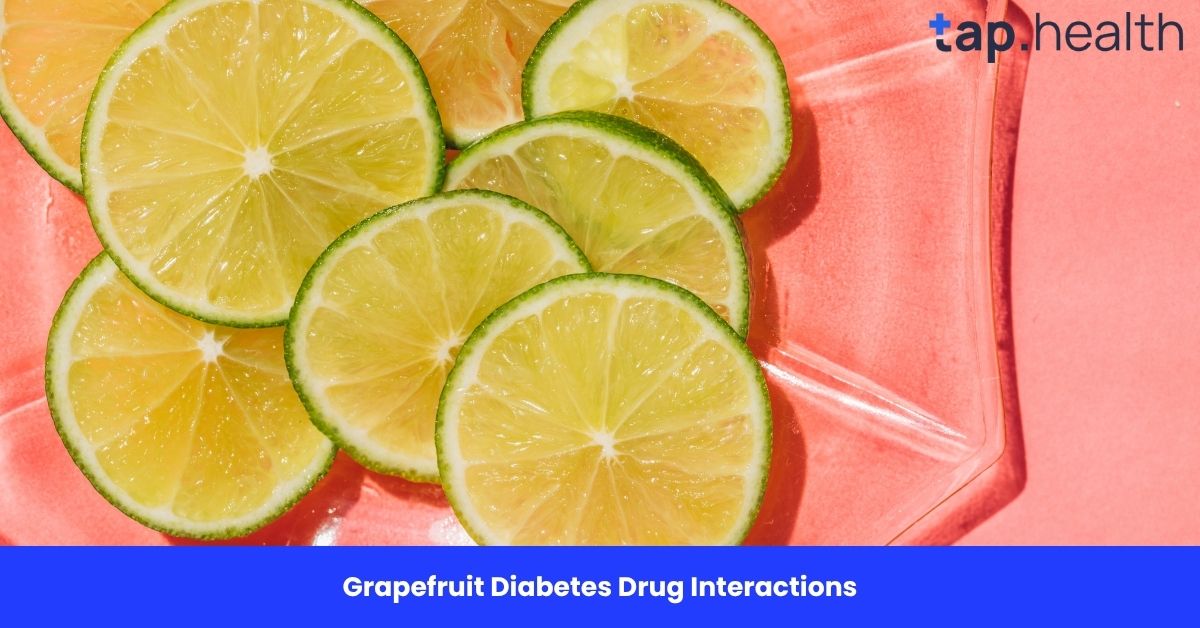Living with diabetes means becoming an expert on your plate. Every meal, every snack, every bite comes with a question: “How will this affect my blood sugar?” So, when you see a beautiful, bright orange persimmon at the grocery store, it’s natural to pause. It looks sweet, maybe even a little too sweet. The question pops into your head: Can I eat persimmon with diabetes?
The short answer is yes, you can. But—and this is a very important but—it has to be done thoughtfully. Persimmons are like a double-edged sword for people with diabetes. On one side, they are packed with incredible nutrients that can actually benefit your health. On the other side, they contain natural sugars that can raise your blood glucose levels if you eat too much.
This isn’t about a simple “yes” or “no.” It’s about understanding the fruit, your body, and how to make them work together. This guide will walk you through everything you need to know about adding persimmons to your diabetic diet safely and smartly. Let’s demystify this delicious fruit together.
What Exactly is a Persimmon? A Quick Introduction
Before we dive into the diabetes part, let’s get to know the persimmon. If you’ve never tried one, you’re missing out! Persimmons are a sweet, slightly tangy fruit that look like a smooth, glossy tomato. They are native to China but are now grown in many warm parts of the world.
There are two main types you’ll find in stores:
- Fuyu Persimmons: These are short, squat, and shaped like a tomato. You can eat them while they’re still firm and crisp, almost like an apple. Their skin is edible. They have a sweet, mild flavor.
- Hachiya Persimmons: These are acorn-shaped. Unlike Fuyu, you must eat them only when they are incredibly soft and ripe. If you bite into a firm Hachiya, your mouth will feel extremely dry and puckery due to high levels of tannins. When ripe, they have a deep, sweet, almost jelly-like texture.
Understanding this difference is key for diabetes management, as the ripeness dramatically affects the sugar content.
Persimmon Nutrition: What’s Inside This Orange Fruit?
To understand how persimmon affects diabetes, we need to look at its nutrition label. Here’s a breakdown for one medium-sized raw American persimmon (about 168 grams):
- Calories: 118
- Carbohydrates: 31 grams
- Fiber: 6 grams
- Sugars: 21 grams
- Protein: 1 gram
- Fat: 0.3 grams
- Vitamin A: 55% of the Daily Value (DV)
- Vitamin C: 21% of the DV
- Manganese: 30% of the DV
- Potassium: 8% of the DV
- Other: Contains smaller amounts of Vitamin E, Vitamin B6, and copper.
At first glance, the 31 grams of carbs and 21 grams of sugar might make you nervous. And rightly so. This is a significant amount of carbohydrate that will impact your blood sugar.
However, you can’t just stop at the sugar number. You have to look at the whole picture. The 6 grams of fiber is a game-changer. Let’s explore why.
Can You Eat Persimmon with Diabetes?
Yes, you can eat persimmons with diabetes — but in moderation.
The Good: Health Benefits of Persimmon for Diabetics
When eaten in controlled portions, persimmons can be more of a friend than a foe to your diabetic diet. Here’s how:
Powerful Antioxidants for Overall Health
Persimmons are loaded with antioxidants like vitamin C, vitamin A, and compounds like flavonoids and carotenoids. These substances fight oxidative stress in your body. For people with diabetes, who often have higher levels of oxidative stress, this is a huge benefit. It can help reduce the risk of complications like heart disease and nerve damage.
Excellent Source of Fiber
This is the superstar nutrient for diabetes. Remember that 6 grams of fiber? Here’s what it does:
- Slows Down Sugar Absorption: Fiber, especially soluble fiber, forms a gel-like substance in your gut. This slows down the digestion of carbohydrates and the absorption of sugar into your bloodstream. This prevents a sharp, sudden spike in your blood glucose levels.
- Promotes Gut Health: Fiber feeds the good bacteria in your gut, which is linked to better overall health and improved metabolism.
- Increases Fullness: The fiber in persimmons helps you feel full and satisfied after eating, which can prevent overeating and help with weight management—a crucial aspect of diabetes control.
Packed with Vitamins and Minerals
- Vitamin A: Essential for good vision, which is especially important as diabetes can affect eye health.
- Vitamin C: Boosts immune function and helps with healing.
- Manganese: Plays a role in carbohydrate metabolism and blood sugar regulation.
The Caution: Understanding the Sugar and Glycemic Impact
Now, let’s address the elephant in the room: the sugar.
Glycemic Index (GI) of Persimmon
The Glycemic Index (GI) is a scale that ranks how quickly a carbohydrate-containing food raises blood sugar levels.
- Low GI: 55 or less
- Medium GI: 56 to 69
- High GI: 70 or more
Persimmons have a medium Glycemic Index, which is around 50-60. This means they will raise your blood sugar, but not as rapidly as a high-GI food like white bread or watermelon.
However, GI is not the whole story. You also need to consider…
Glycemic Load (GL): A More Important Number
Glycemic Load (GL) takes into account the serving size. It gives a more realistic picture of a food’s impact on your blood sugar.
- Low GL: 10 or less
- Medium GL: 11 to 19
- High GL: 20 or more
One medium persimmon has a Glycemic Load of approximately 10-12, which puts it right on the border of low to medium. This tells us that a reasonable portion (one small or medium fruit) will have a moderate effect on blood sugar.
The Ripeness Factor
This is critical. A persimmon’s sugar content concentrates as it ripens. A very ripe, mushy Hachiya persimmon will have a much higher GI and will spike your blood sugar much faster than a firm, crisp Fuyu persimmon. For better blood sugar control, choose Fuyu persimmons and eat them while they are still firm.
How to Safely Add Persimmon to Your Diabetic Diet
You don’t have to ban persimmons. You just need a strategy. Follow these rules to enjoy them without guilt.
1. Portion Control is NON-NEGOTIABLE
This is the most important rule. Do not sit down with a bowl of persimmons.
- Serving Size: Stick to one small persimmon or half of a medium-sized persimmon in one sitting.
- Count the Carbs: Remember, one medium fruit has about 31g of carbs. Account for this in your meal’s total carbohydrate count. If you plan to have persimmon as a snack, you may need to reduce the carbs in your next meal.
2. Pair it with Protein or Healthy Fat
Never eat a persimmon by itself. Pairing it with a source of protein or fat will further slow down the absorption of sugar.
- Great Pairing Ideas:
- A few slices of persimmon with a handful of nuts (almonds, walnuts).
- A small portion of persimmon with a cup of Greek yogurt.
- A small slice of persimmon with a slice of cheese.
3. Choose the Right Type and Ripeness
- Choose Fuyu Over Hachiya: Fuyu persimmons are better for blood sugar control because you can eat them firm.
- Eat Them Firm: Avoid overly ripe, soft persimmons. The firmer the fruit, the lower its GI will be.
4. The Best Time to Eat Them
It’s often best to eat fruits like persimmons after a meal that contained protein, fiber, and healthy fats. This ensures your body is already processing food at a slower rate, blunting the blood sugar spike. Avoid eating them on an empty stomach.
5. Monitor Your Blood Sugar
This is the golden rule for trying any new food. Check your blood sugar before you eat and then two hours after. This is the only way to know how your body personally responds to persimmon. Everyone is different. Use the data to decide what portion size works for you.
Real-Life Scenario: Maria’s Persimmon Experiment
Maria has type 2 diabetes and loves trying new fruits. She saw Fuyu persimmons at the farmer’s market and decided to try them. First, she did her research and learned about portion control.
For her afternoon snack, she chose one small, firm Fuyu persimmon. She sliced it up and ate it with a tablespoon of almond butter. She checked her blood sugar before eating: it was 112 mg/dL. Two hours after her snack, she checked again. It was 138 mg/dL—a perfectly healthy increase.
She was thrilled. She learned that by choosing the right type, keeping the portion small, and pairing it with healthy fat, she could enjoy this new fruit without worrying about her blood sugar soaring. The key was being mindful and strategic.
Expert Contribution: A Dietitian’s Perspective
We spoke with Sarah Johnson, a Registered Dietitian and Certified Diabetes Care and Education Specialist (CDCES), for her professional take.
“Persimmons often cause confusion for my clients with diabetes,” says Johnson. “My advice is always to see them as a ‘sometimes’ food, not an ‘everyday’ food. The high fiber content is a major plus, but the sugar content demands respect. I always advise starting with a very small portion—maybe a quarter of a fruit—and seeing how your body reacts. The goal is never to restrict joy from eating, but to empower you with the knowledge to include a wide variety of foods safely. Persimmons can absolutely be part of that variety if you pair them wisely and prioritize portion size above all else.”
Recommendations Grounded in Proven Research and Facts
The guidance here isn’t just anecdotal; it’s supported by nutritional science and diabetes management principles.
- The American Diabetes Association (ADA) states that any fruit can fit into a diabetic meal plan. The key is portion control and accounting for the fruit as a carbohydrate choice in your meal plan. They emphasize that the benefits of the fiber, vitamins, and minerals in whole fruit far outweigh the negatives of natural sugar.
- Studies on Fiber and Glycemia: Numerous studies, including those published in journals like Nutrients, confirm that dietary fiber, particularly soluble fiber, significantly improves post-meal blood sugar levels and insulin sensitivity. Persimmon is a potent source of this beneficial fiber.
- The Glycemic Index Foundation, a non-profit out of the University of Sydney, confirms that low to medium GI foods are better choices for sustained energy and blood sugar control. Persimmon’s medium GI rating means it can be consumed in moderation without causing dramatic spikes, unlike high-GI foods.
Delicious and Diabetes-Friendly Ways to Enjoy Persimmon
Getting creative can help you enjoy the flavor without overdoing it. Here are some ideas:
- Persimmon and Spinach Salad: Add a few thin slices of firm Fuyu persimmon to a salad with spinach, goat cheese, walnuts, and a light vinaigrette.
- Spiced Persimmon with Yogurt: Sprinkle cinnamon (which can help with blood sugar control) on top of a few small persimmon chunks mixed into plain Greek yogurt.
- Smoothie Booster: Add a quarter of a persimmon to a smoothie that is primarily greens, protein powder, and a healthy fat like avocado or chia seeds.
FAQ: Your Questions About Diabetes and Persimmon, Answered
Q1: How many persimmons can a diabetic eat in a day?
Stick to one small serving per day, and not every day. A serving is one small persimmon or half of a medium one. It’s best to consider it a occasional treat rather than a daily staple due to its sugar content.
Q2: Are dried persimmons okay for diabetics?
Dried persimmons are not recommended. The drying process removes water, which concentrates the sugar into a much smaller package. This dramatically increases the glycemic index and glycemic load, meaning it will cause a much faster and higher spike in blood sugar.
Q3: Is persimmon good for gestational diabetes?
The same principles apply. Portion control, pairing, and blood sugar monitoring are even more critical during pregnancy. Always follow the specific dietary advice of your doctor or dietitian for managing gestational diabetes.
Q4: Can persimmon help prevent diabetes complications?
The antioxidants (like Vitamins A and C) in persimmons help fight oxidative stress, which is linked to diabetes complications like heart disease. The fiber is also excellent for heart and gut health. So, while not a magic bullet, it can contribute to an overall healthy, complication-fighting diet.
Q5: Which is better for a diabetic: persimmon or an apple?
Both are excellent choices when eaten with their skin on (for fiber). A small apple has slightly fewer carbs (about 20g) than a medium persimmon (31g). The best choice is the one you enjoy more and that doesn’t spike your blood sugar. The key is to monitor your body’s response to each.
Q6: Does persimmon juice have the same benefits?
No. Juice, even 100% pure persimmon juice, is stripped of most of its beneficial fiber. This means the sugar is absorbed very quickly, leading to a rapid blood sugar spike. It is best to avoid fruit juices and eat the whole fruit instead.
Q7: I ate a whole persimmon and my blood sugar spiked. What should I do?
Don’t panic. Drink plenty of water and go for a gentle walk if you can, as light activity can help your body use the glucose. Learn from the experience. Next time, halve the portion, choose a firmer fruit, and pair it with a protein or fat. Remember, management is a learning process.
Final Thoughts
So, can you eat persimmon with diabetes? The answer is a confident, yet careful, yes.
Persimmons are not a forbidden fruit. They are a nutrient-packed option that can add variety and joy to your diet. The path to enjoying them lies in three simple steps: choose firm Fuyus, keep your portion small, and always pair them with protein or fat.
Your diabetes diet doesn’t have to be boring or restrictive. It’s about making smart, informed choices. Listen to your body, check your blood sugar, and work with your dietitian. With a little planning, you can savor the unique, honey-like sweetness of a persimmon while keeping your health on track.



